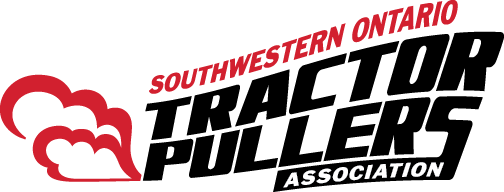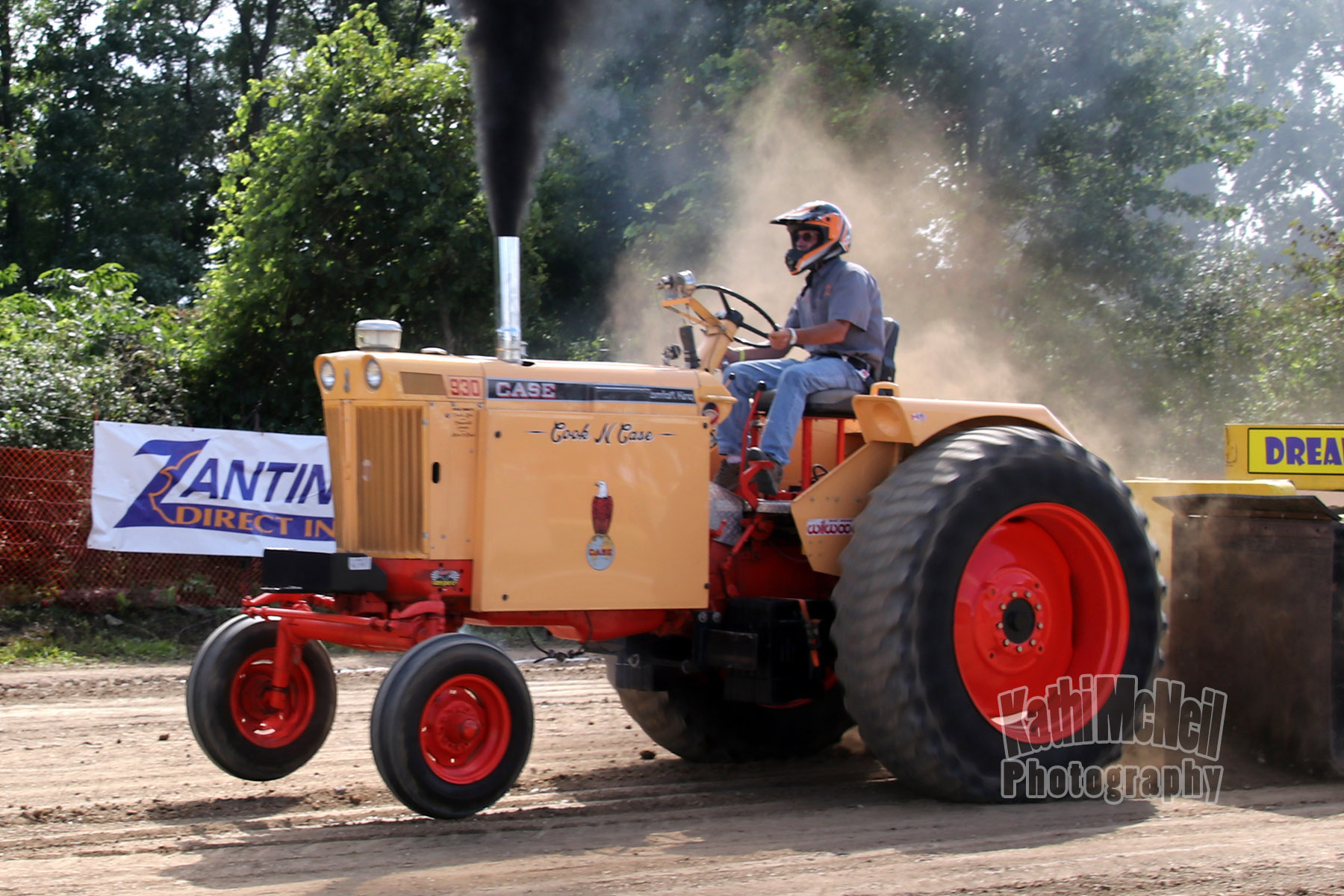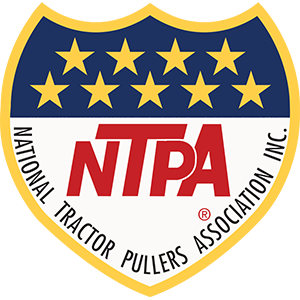The sport of Truck and Tractor pulling has roots derived from the days when horsepower was literally that, horses! It began as a grudge match between neighbours over whose horse could pull more weight. This led to competitions which consisted of pulling a “stone boat” down a track lined with spectators who would step onto the boat as it travelled past them, thereby increasing the weight until the horse could no longer pull it. The longest distance won.
With the introduction of the farm tractors, the sport naturally evolved to replace horses with tractors based on the same principle. It became popular through the 50’s and 60’s where modifications to tractors were becoming a regular occurrence. Thus became the necessity for a uniform set of rules and the development of different classes of competition. At this time there was also the development of sanctioning bodies (i.e.: NTPA – National Tractor Pullers Association) to uphold and develop these rules and classes. This gave us the basis for the sport we have today.
Many things have evolved over the years. As tractors were modified, ground speed and horse power increased, and the safety of spectators stepping on a moving object became too dangerous. Along came the weight transfer machine, commonly referred to as the “sled” or “boat”. This machine allows the transfer of weight over the length of the track, starting out with an easily manageable weight and gradually increasing as the truck or tractor progresses the length of the track. Most operators of these machines today keep a detailed log of each class and each venue to assist in setting it up for the following year.
The trucks and tractors themselves have evolved greatly over the years as well. Things began with the “pull on Sunday, plow on Monday” theory. Farm tractors were modified to compete at events, and then returned to stock form for field work. As horse power and competition increased, the need for a “competition only” vehicle became necessary. Stock trucks and tractors received modifications that stayed permanent and were continually honed to run stronger every week, as well as year over year. This has progressed to the point today where vehicles at the highest level of the sport (NTPA Grand National/Super National circuit) are manufactured as “component” vehicles. At this level the sheet metal and engine are often the only original items retained from the manufacturer (John Deere, Chevrolet, etc) with all driveline and frame components being custom built.
In the South Western Ontario Tractor Pullers Association, there are generally six sanctioned divisions of competition. They are 2WD trucks, Super Stock 4X4 Trucks, Hot Farm Tractors, Light Limited Pro Stock, Limited Pro Stock, and Superfarm. Some of these divisions are offered in the NTPA, which takes some of our competitors to events in the U.S. from time to time. This also offers the ability for some U.S. competitors to attend our events as well. Consult the SWOTPA Pull Schedule for the closest event to you, and come out and enjoy the competition.



